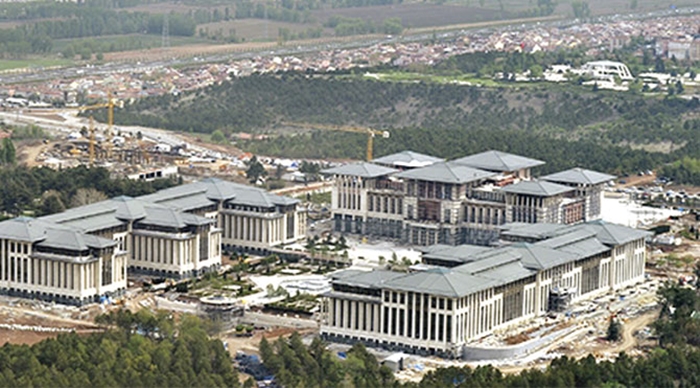The Turkish government had spent 55 million lira as of November to maintain the gardens of presidential palaces around the country, a columnist from the Sözcü daily said on Monday, citing finance ministry records.
Columnist Çiğdem Toker said expenditures reported under the “purchase of tools, construction and maintenance expenses” item have increased by more than 12 million lira from 42 million lira in the same period last year.
Toker criticized the extravagance of the presidency, which will be using 11 palaces all around the country after the completion of Okluk Palace near the Aegean coast and a mansion near Lake Van, in addition to the 1,150-room behemoth in the capital.
Vice President Fuat Oktay has not answered a parliamentary question directed by an opposition deputy about the cost of Okluk Palace, which is under construction on 65 hectares of expropriated land in the coastal Marmaris district, Toker mentioned in her column.
Known to the public as a “summer palace,” with 300 rooms and four-meter-high walls, the complex is being constructed near the pristine Okluk Bay, where 20 plots of privately owned land were expropriated by the state.
While Erdoğan’s palace in Ankara has been at the center of debate for five years due to questions about the legality of its construction and the overall cost of the palace, the construction of the presidential complex in Ahlat near Lake Van is moving forward despite a ruling by the Constitutional Court.
The top court on July 25 annulled an article in an omnibus law that allowed the construction of the palace, saying the shoreline should be under the protection of the state, that it cannot be the venue for a private residence and that it should be open to public use.
The main presidential complex in Ankara was also at the center of criticism when it was constructed due to its large budget, expensive interiors, more than a thousand rooms and luxurious design as well as the felling of trees in its neighborhood.
When Erdoğan moved into the palace in November 2014, more than TL 1.7 billion had been spent on it, twice the original estimate.
